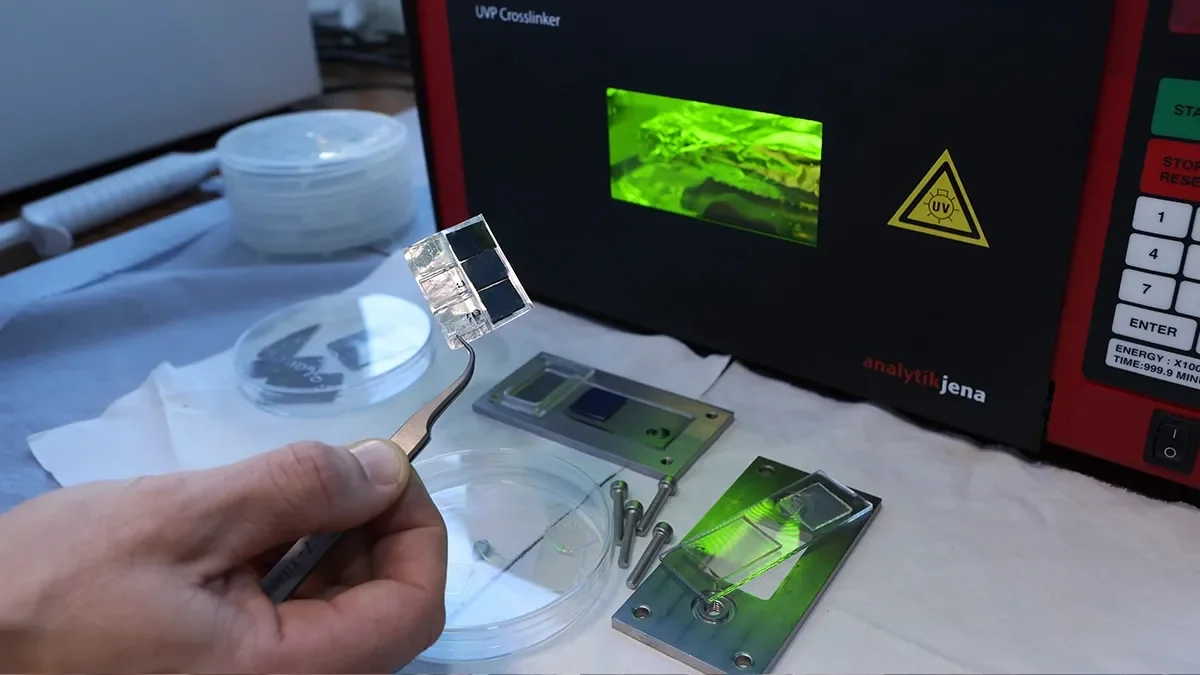

DCU samples flying high on their way to the Moon
The lander is currently orbiting at a distance of approximately 580,000 kilometres, Dr Kelleher confirmed when contacted this week.
“It has travelled 1.4 million km into deep space, becoming the farthest, privately funded, commercially operating spacecraft to travel into space,” said Dr Kelleher.
The DCU samples were produced in the School of Chemical Sciences by Dr Kelleher, along with three members of her team, Dr Graham Reid, Dr James McCormack and Dr Jessica McFadden.
The samples are fixed to the wheel of the Rashid Lunar Rover, which was designed and constructed at the Mohammed bin Rashid Space Centre (MBRSC) in the United Arab Emirates.
The Rover is travelling to the Moon onboard the HAKUTO-R Mission 1 lunar lander built by Japanese space company, ispace.
The project is part of a collaboration between Dr Kelleher and Dr Aidan Cowley based at the European Astronaut Centre in the European Space Agency (ESA) who have also partnered with MBRSC.
The mission, which launched onboard a Falcon SpaceX rocket after delays, on the 11th December has completed five of its 10 scientific milestones.
The next milestone, number 6, is a final deep space manoeuvre before the lander begins its final journey to the Moon, where it is scheduled to land at the Atlas Crater on the edge of the Mare Frigoris (sea of cold).
Dr Kelleher says that she is not nervous about the progress of the mission, as the most dangerous part, the launch, is completed.
“It was great to see recent updates on the payload which showed that all was well with the rover onboard, and our samples,” said Dr Kelleher.
“The ispace, ESA and UAE teams are in constant contact and checking all the elements of the payload.”

Moon dust
“The aim of the experiment is to see if the different structure pattern can reduce moon dust (regolith), from binding to the surface of the lander.”
Moon dust is sticky, Dr Kelleher said, and causes issues with astronauts’ visors, bearings on their spacesuits, and electronics.
The regolith problem was one of the biggest issues for engineers designing the Apollo moon missions in the 1960s, she said, and remains an issue for NASA who are planning to return astronauts to the Moon.
There is no time set for the moon landing to happen, but if it occurs during the working day, Dr Kelleher will watch it with lab colleagues, including Dr Graham Reid who built most of the moon samples.
